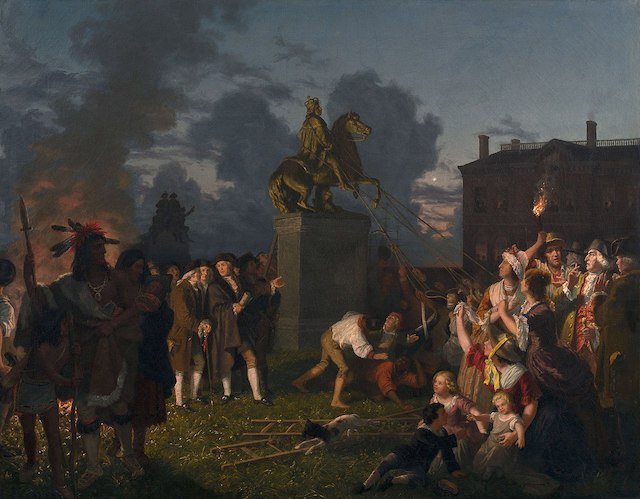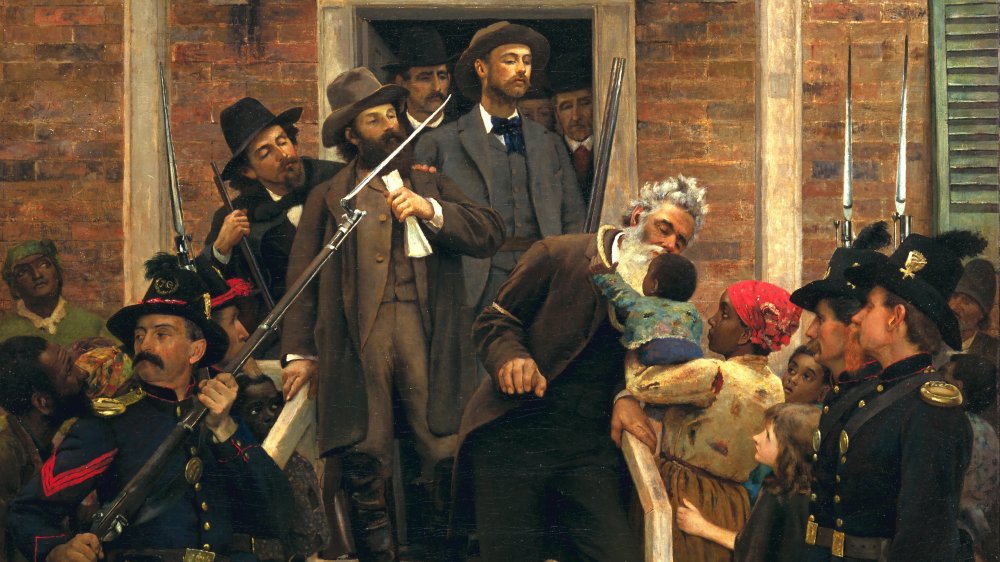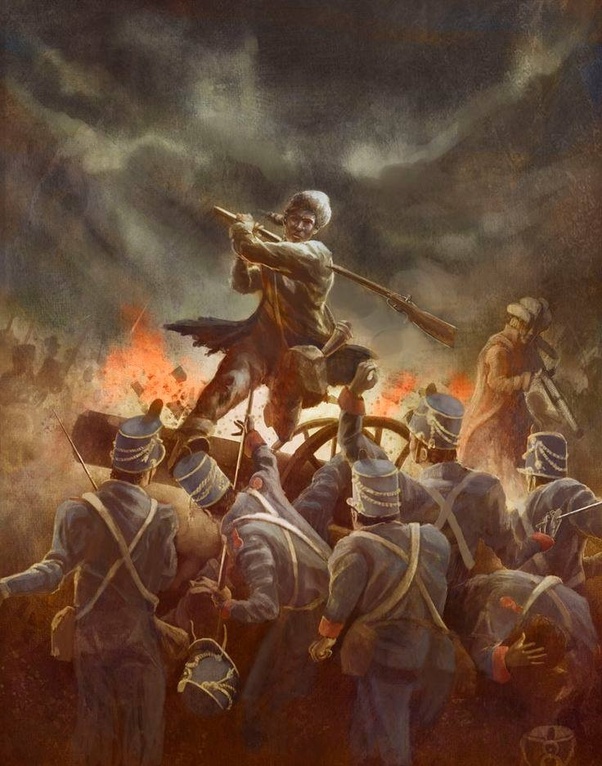~ Foreward ~
The American Revolution: When the Bankers Destroyed the Economy – History Repeating Itself?
With some forces wanting to erase American history these days, here is a history lesson from William Guy Carr’s 1950s classic, Pawns in the Game.
Carr documents the beginning of the secret society known as the Illuminati, and how the real enemies of all people, whether right or left, Democrat or Republicans, are the global bankers in this Satanic group.
This might be a different version of American history than what you are taught in school, especially if you were educated in a public school. (William Guy Carr was Canadian.) ~ Brian Shilhavy, Editor, Health Impact News
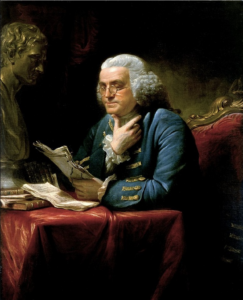
Benjamin Franklin, Painting by David Martin, displayed in the White House
In order to understand how men who obtained control of the Bank of England, and the British National Debt, also obtained control of the trade and commerce, and the monetary system of Britain’s American colonies, it will be sufficient if we pick up the threads of the story at the time Benjamin Franklin (1706-1790) went over to England to represent the interests of the men who had been associated with him in building up the prosperity of the American Colonies.
Robert L. Owen, former chairman, Committee on Banking and Currency, United States Senate, explains the matter on page 98 of Senate Document No. 23. He states that when associates of the Rothschild’s asked Franklin how he accounted for the prosperous conditions prevailing in the colonies, he replied :
“That is simple — In the Colonies we issue our own money. It is called Colonial Script — We issue it in proper proportion to the demands of trade and industry.”
Continue reading →
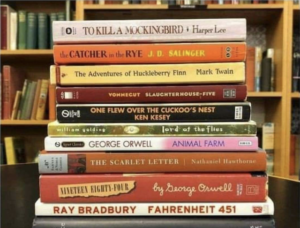 The Burbank Unified School District in California has banned several classic literary works that contain racial slurs. To Kill A Mockingbird and The Adventures of Huckleberry Finn are two of the classics on the district’s new list of banned books.
The Burbank Unified School District in California has banned several classic literary works that contain racial slurs. To Kill A Mockingbird and The Adventures of Huckleberry Finn are two of the classics on the district’s new list of banned books.

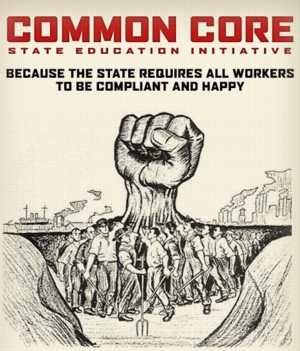 At every Olympic Games, a 26.2-mile race celebrates Pheidippides’ grueling run back to Athens to bring news of the great Athenian victory over the Persian army at the Battle of Marathon. According to last year’s California-approved ancient-history textbook from McGraw-Hill, however, the Greeks “defeated the Persian navy.” The author of this text also wrote the 2006 edition of the same book, from the same publisher. That earlier edition correctly describes the battle as a clash of armies.
At every Olympic Games, a 26.2-mile race celebrates Pheidippides’ grueling run back to Athens to bring news of the great Athenian victory over the Persian army at the Battle of Marathon. According to last year’s California-approved ancient-history textbook from McGraw-Hill, however, the Greeks “defeated the Persian navy.” The author of this text also wrote the 2006 edition of the same book, from the same publisher. That earlier edition correctly describes the battle as a clash of armies.
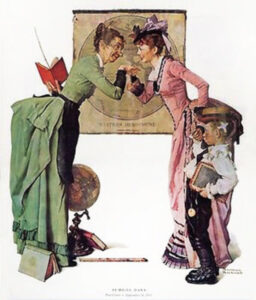 With great dismay, I read the article on KTAR radio’s website by reporter Griselda Zetino on Oct. 26 entitled, “Drop in Arizona students enrolled in kindergarten raises concerns.”
With great dismay, I read the article on KTAR radio’s website by reporter Griselda Zetino on Oct. 26 entitled, “Drop in Arizona students enrolled in kindergarten raises concerns.”

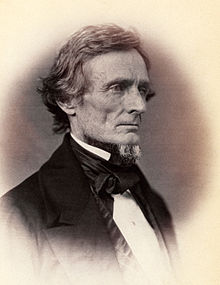 In Washington, D.C., while serving as Secretary of War in the 1850s, Jefferson Davis met Ambrose Dudley Mann, a native of Virginia who was the Assistant Secretary of State (and the first man to hold that office). The two men were drawn to each other immediately and became fast friends for the rest of their lives. In her biography of her husband, Varina Davis wrote that Mann had “every Christian virtue” and that “Mr. Davis and he gravitated toward each other at once, and loved like David and Jonathan until extreme old age.” [1]
In Washington, D.C., while serving as Secretary of War in the 1850s, Jefferson Davis met Ambrose Dudley Mann, a native of Virginia who was the Assistant Secretary of State (and the first man to hold that office). The two men were drawn to each other immediately and became fast friends for the rest of their lives. In her biography of her husband, Varina Davis wrote that Mann had “every Christian virtue” and that “Mr. Davis and he gravitated toward each other at once, and loved like David and Jonathan until extreme old age.” [1]
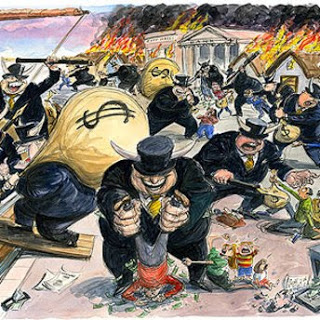 ~ Introduction ~
~ Introduction ~ Do you look on with astonishment at Antifa and other extreme groups rioting and shouting “death to America?” How could all this happen? Where did all these young people come from who hate the US?
Do you look on with astonishment at Antifa and other extreme groups rioting and shouting “death to America?” How could all this happen? Where did all these young people come from who hate the US?

 CRAWFORDSVILLE, Ind. – For many, watching the movie “Ben-Hur” has become an Easter tradition. The 1959 blockbuster, starring Charlton Heston, made history with a record 11 Academy Awards.
CRAWFORDSVILLE, Ind. – For many, watching the movie “Ben-Hur” has become an Easter tradition. The 1959 blockbuster, starring Charlton Heston, made history with a record 11 Academy Awards.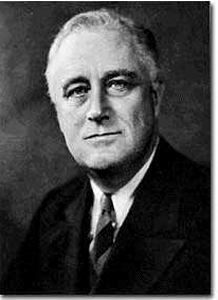 “On the eve of a national election, it is well for us to stop for a moment and analyze calmly and without prejudice the effect on our Nation of a victory by either of the major political parties.
“On the eve of a national election, it is well for us to stop for a moment and analyze calmly and without prejudice the effect on our Nation of a victory by either of the major political parties.